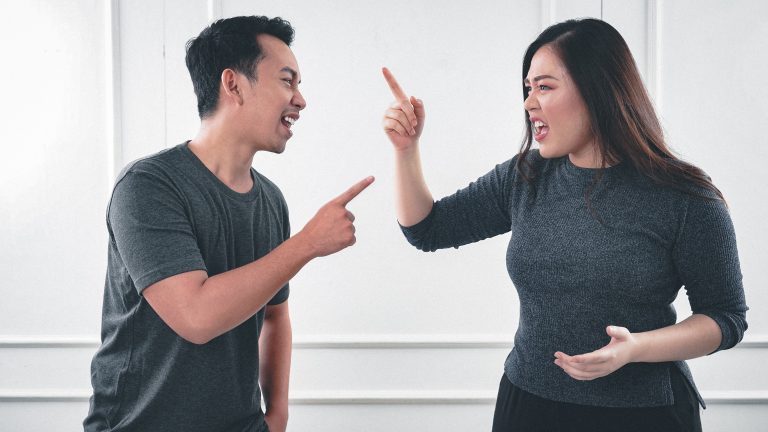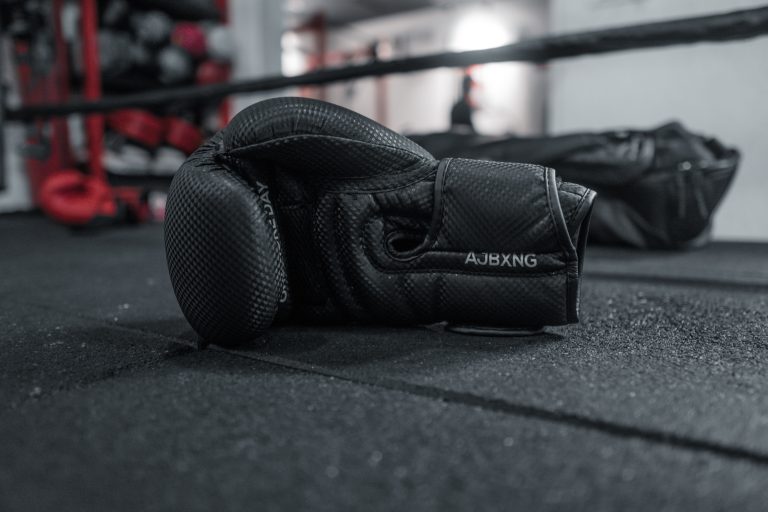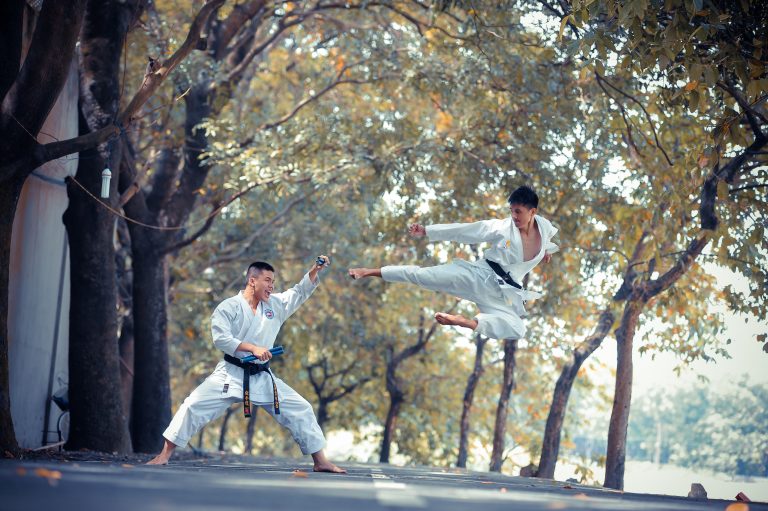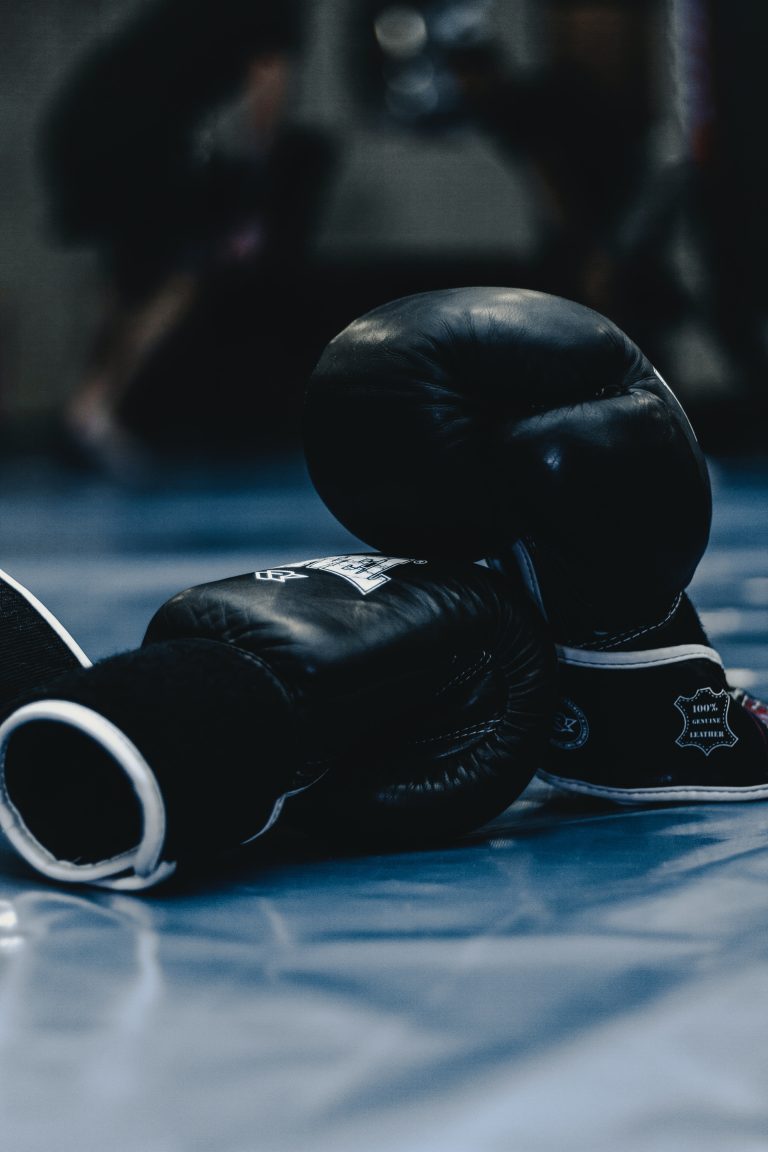Kyokushin Karate Sparring Regeln
Kyokushin Karate ist eine der bekanntesten Karate-Disziplinen weltweit und bekannt für seine harten, unerbittlichen und effektiven Techniken. Die Sparring-Regeln bei Kyokushin Karate unterscheiden sich von anderen Karate-Stilen und geben den Kämpfern die Möglichkeit, ihre Fähigkeiten in einem sicheren und kontrollierten Umfeld zu testen. In diesem Blogbeitrag werden wir einen näheren Blick auf die Kyokushin Karate Sparring Regeln werfen.
Punktewertung
Das Ziel des Kyokushin Karate-Sparrings ist es, den Gegner zu besiegen oder ihn aus dem Kampf zu drängen. Die Kämpfer können Punkte erzielen, indem sie gültige Techniken anwenden. Folgende Techniken führen zu Punkten:
- Gültige Treffer mit den Händen oder Füßen auf den Kopf, Körper oder Beine des Gegners.
- Niederschlagen des Gegners.
Die Punktzahl wird von den Kampfrichtern bestimmt, die das Sparring beobachten. Die Entscheidung, wer gewinnt oder verliert, wird durch die Gesamtpunktzahl, die während des Sparrings erzielt wurde, getroffen.
Verbotene Techniken
Obwohl Kyokushin Karate als eine der härtesten Karate-Disziplinen gilt, gibt es auch verbotene Techniken, die nicht während des Sparrings angewendet werden dürfen. Diese Techniken umfassen:
- Stöße und Tritte auf den Hals oder die Wirbelsäule des Gegners.
- Schläge auf die Knie, Füße oder Schienbeine des Gegners.
- Gezieltes Brechen von Knochen oder Gelenken des Gegners.
Die Verwendung dieser Techniken kann zur Disqualifikation führen.
Schutzausrüstung
Kyokushin Karate-Sparring wird normalerweise mit Schutzausrüstung durchgeführt, um die Sicherheit der Kämpfer zu gewährleisten. Die am häufigsten verwendete Schutzausrüstung umfasst:
- Kopfschutz
- Mundschutz
- Boxhandschuhe und Schienbeinschoner
- Leistenschutz
Es ist jedoch wichtig zu beachten, dass die Art und Weise, wie die Schutzausrüstung verwendet wird, von den Regeln des jeweiligen Turniers oder Wettkampfs abhängt.
Fazit
Kyokushin Karate-Sparring-Regeln sind streng, aber notwendig, um die Sicherheit der Kämpfer zu gewährleisten. Die Anwendung gültiger Techniken führt zu Punkten, während die Verwendung verbotener Techniken zur Disqualifikation führt. Schutzausrüstung ist ebenfalls ein wichtiger Bestandteil des Sparrings und sollte bei Turnieren oder Wettkämpfen immer richtig eingesetzt werden.
Mit diesem Wissen können Kampfkünstler und Fans von Kyokushin Karate das Sparring besser verstehen und die Kämpfe vielleicht noch mehr genießen.
Frequently Asked Questions about Kyokushin Karate Sparring Regeln
Kyokushin is a form of full-contact karate that emphasizes realistic, full-force sparring. This Japanese martial art has become increasingly popular around the world, particularly for its intense physical and mental demands, as well as its rules and regulations. In this article, we’ll answer some of the most frequently asked questions about the sparring rules in Kyokushin karate.
What are the basic sparring rules of Kyokushin karate?
In Kyokushin karate, the basic sparring rules are as follows:
– Gloves and shin guards must be worn.
– Strikes are allowed only to the body and head (no strikes are allowed to the face, throat, or groin).
– Kicks below the belt are allowed.
– Sweeping techniques are allowed.
– Throws and joint locks are not allowed.
– Knockouts are allowed, and the fight continues until one of the fighters is unable to continue.
How long do Kyokushin karate matches usually last?
Kyokushin karate matches usually last for three minutes, with a one-minute rest period in between rounds. In some competitions, such as the World Tournament, matches can last for longer periods of time.
What is the scoring system used in Kyokushin karate?
In Kyokushin karate, fighters can score points with the following techniques:
– Chudan-zuki (mid-level punch) = 1 point
– Jodan-zuki (high-level punch) = 2 points
– Kicks to the body = 2 points
– Kicks to the head = 3 points
What are the different ranks in Kyokushin karate sparring?
In Kyokushin karate sparring, there are three main ranks: beginners, intermediate, and advanced. Beginners are usually white belts, intermediate are yellow, orange, and green belts, and advanced are blue, brown, and black belts.
What are the penalties for breaking the rules in Kyokushin karate sparring?
In Kyokushin karate, breaking the rules can result in penalties such as warning, deduction of points, or disqualification from the match. Referees are required to closely monitor the fighters to ensure that they adhere to the rules.
What are the training requirements for Kyokushin karate sparring?
Kyokushin karate sparring requires significant physical and mental training. Fighters must be able to endure lengthy matches, handle intense pain and discomfort, and regulate their breathing and heart rate. Training typically involves a combination of conditioning exercises, drilling techniques, and sparring practice.
What are the benefits of practicing Kyokushin karate sparring?
The benefits of practicing Kyokushin karate sparring are numerous. Physically, it can improve cardiovascular health, muscle strength and endurance, coordination, and flexibility. Mentally, it can improve focus, discipline, and self-confidence. Additionally, being part of a community of martial artists can promote social bonding and a sense of belonging.
Conclusion
Kyokushin karate sparring follows strict rules and regulations to ensure the safety of fighters while allowing for full-contact, intense competition. Adhering to these rules requires strict discipline and training, but can bring physical and mental benefits as well as a sense of belonging to a community of martial artists.
Inhaltsverzeichnis






